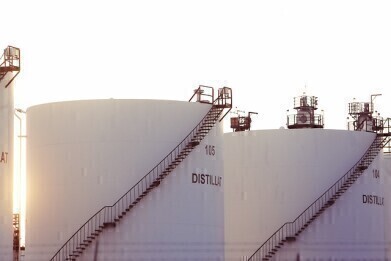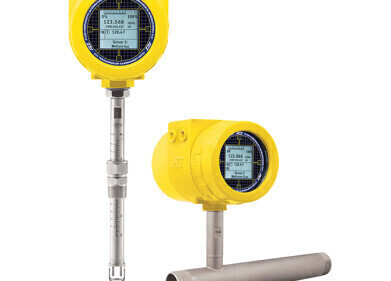Flow Level Pressure
How Do Oil & Chemical Storage Tanks Differ?
Dec 21 2022
While oil and chemicals do share similarities, a one-size-fits-all method doesn’t work when it comes to storage. A specialised approach to storage is essential in order to meet the strict health, safety and environmental regulations enforced in most industries. So, how do oil and chemical storage tanks differ?
Design
Design is one of the biggest differences between oil and chemical storage tanks. For example, oil storage tanks often feature floating roofs that rise and fall depending on fill level. This feature is designed to prevent vapour build up inside the tank, which can pose a safety risk and result in product loss. Bunded tanks are used to store both oil and chemicals. The ultra-secure design features an internal tank set within an external tank. This creates a catchment that collects leaks and spills. The design is especially useful for hazardous materials that pose a threat to human and environmental health.
Materials
Manufacturing materials is another element that sets oil and chemical storage tanks apart. Most chemical storage tanks are constructed from stainless steel, polyethylene or fibreglass. These durable and corrosion-resistant materials are designed to meet the unique demands of chemical storage applications.
Most oil storage tanks are manufactured from carbon steel, stainless steel, plastic or reinforced concrete. Like chemical tanks, these materials offer excellent performance when it comes to storing oil. It’s important to consider the unique physical and chemical properties of oil when selecting storage solutions. For example, crude oil will have different properties to biofuels manufactured with marine plastic waste. Analytical testing helps sites create a unique fingerprint for the product being stored. This can then be used to help guide the decision making process when choosing storage tanks.
Maintenance
Maintenance is critical for both oil and chemical storage tanks. Once again, a universal approach is not suitable when designing maintenance strategies. Sites must factor in the design of the tank and manufacturing materials used, as well as the unique properties of the oil or chemical product being stored.
A recent incident at a Galveston Bay refinery in Texas demonstrates how important it is to stay on top of maintenance. In October 2021, a valve flange failure saw more than 2200kg of crude oil leak out of a floating roof storage tank.
Want to know more about the difference between oil and chemical storage tanks? We dive deeper into the different solutions in our complete guide, ‘Storage Tanks for Oil & Chemicals - Everything You Need to Know’
Digital Edition
PIN 25.3 June/July
June 2024
Analytical Instrumentation - Recent Advances In Various Bench Scale Accelerated Oxidative Testing Methods For Fuels - Petrochemical Industry: Anton Paar Solutions Streamline Processes, Reduce H...
View all digital editions
Events
Jul 30 2024 Jakarta, Indonesia
Jul 30 2024 Jakarta, Indonesia
China Energy Summit & Exhibition
Jul 31 2024 Beijing, China
Jul 31 2024 Chengdu, China
Aug 05 2024 Moon Township, PA, USA


















